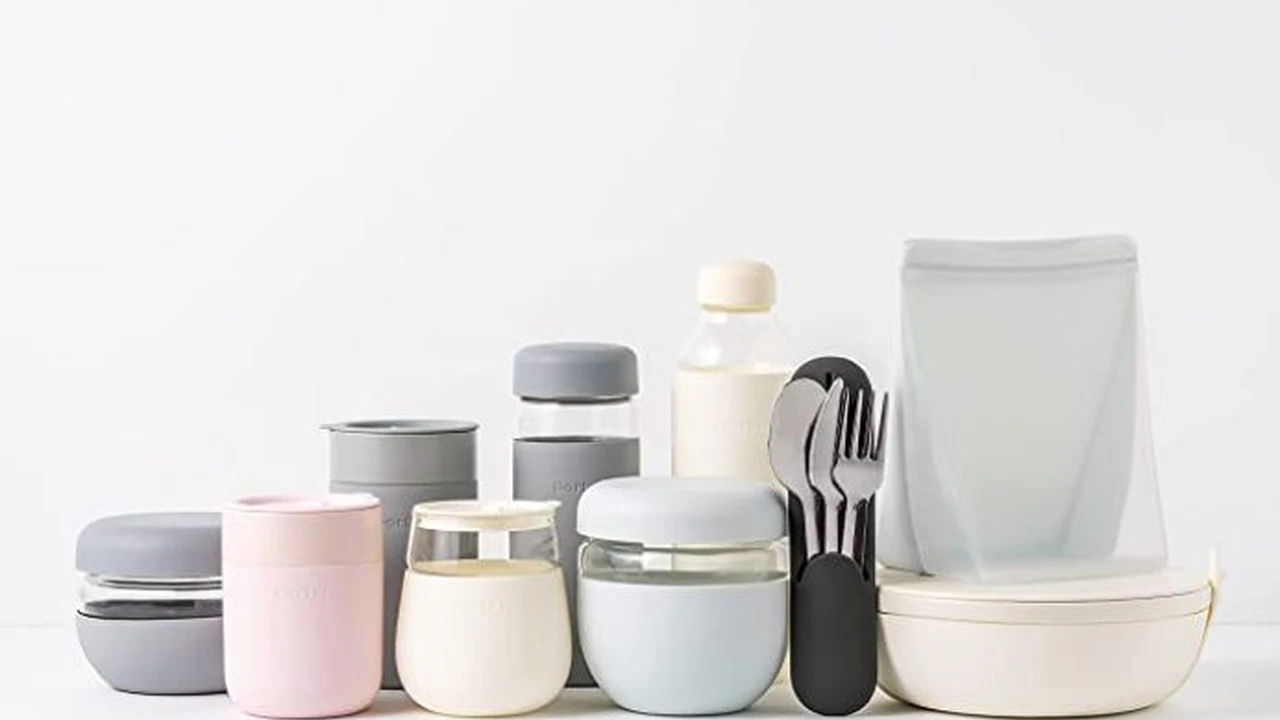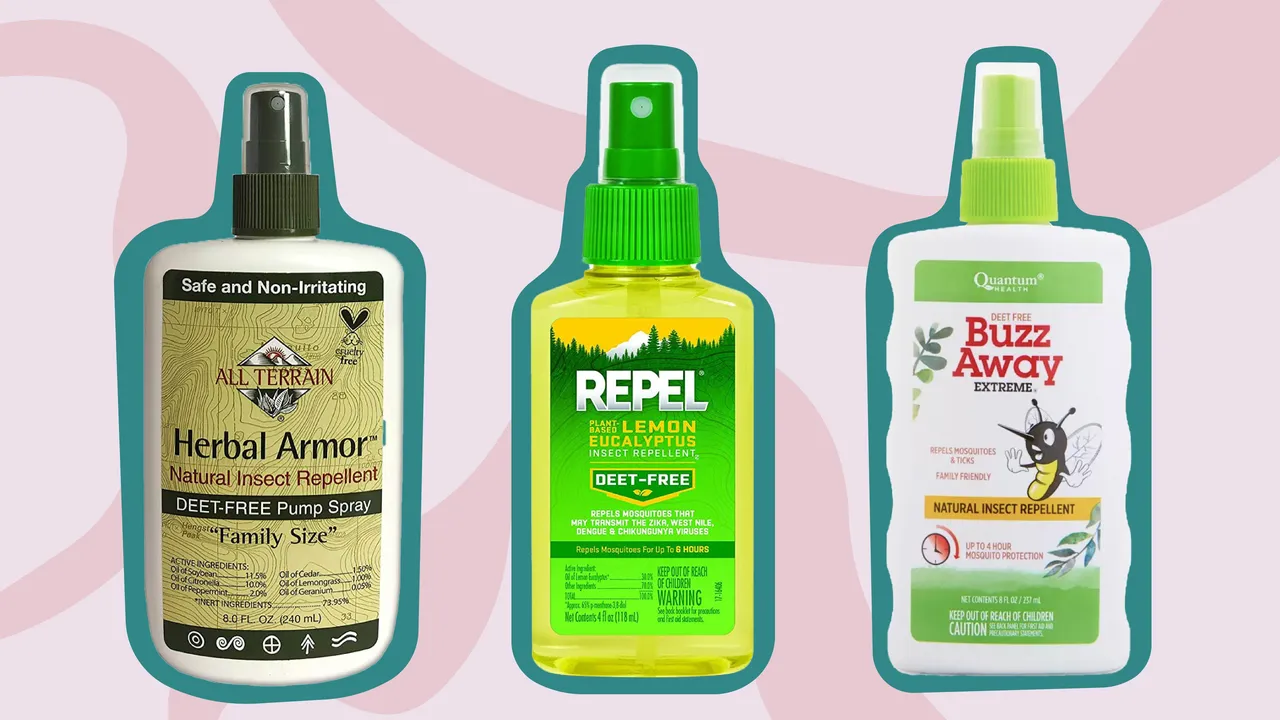Reusable Food Storage Containers Travel
Discover reusable food storage containers for sustainable travel and reducing food waste. Pack your own snacks and meals to avoid disposable packaging. Choose reusable containers for a responsible trip.

Why Reusable Food Containers Matter Sustainable Travel
Okay, let's be real. Travel can be a whirlwind of convenience, often at the expense of our planet. Think about it: grabbing a quick bite at the airport, packing snacks for a hike, or storing leftovers from a delicious (but large) meal. All too often, that translates to single-use plastics and unnecessary waste. That's where reusable food containers come in – they're a game-changer for sustainable travel. By bringing your own containers, you're actively reducing your reliance on disposable packaging, minimizing your environmental footprint, and contributing to a cleaner, healthier planet. Plus, they can save you money in the long run! It’s a win-win.
Choosing the Right Reusable Food Container Travel Needs
Not all reusable food containers are created equal! Selecting the right ones for your travel needs is crucial. Consider these factors:
- Material: Glass, stainless steel, silicone, and BPA-free plastic are popular choices. Each has its pros and cons, which we’ll delve into later.
- Size and Shape: Think about what types of food you'll be packing. Are you mostly carrying sandwiches, salads, soups, or leftovers? Choose containers that are appropriately sized and shaped.
- Weight: When you're traveling, every ounce counts! Opt for lightweight containers that won't add unnecessary bulk to your luggage.
- Leak-Proof Design: This is non-negotiable! Nobody wants a leaky container ruining their backpack. Look for containers with secure, leak-proof lids.
- Durability: Travel can be tough on your belongings. Choose containers that are durable and can withstand the rigors of being tossed around in a bag.
- Ease of Cleaning: You'll want containers that are easy to clean, either by hand or in a dishwasher.
Material Matters Comparing Reusable Food Container Options for Travel
Let's break down the different materials commonly used for reusable food containers:
Glass Containers Travel Advantages and Disadvantages
Advantages: Glass is non-toxic, doesn't absorb odors or flavors, and is easy to clean. It's also microwave and oven-safe (check the specific container for temperature limits).
Disadvantages: Glass is heavier than other materials and can break if dropped. Consider tempered glass options for increased durability.
Stainless Steel Containers Durable Travel Solutions
Advantages: Stainless steel is extremely durable, lightweight, and doesn't leach chemicals into your food. It's also easy to clean and doesn't retain odors or flavors.
Disadvantages: Stainless steel is not microwave-safe. It can also be more expensive than plastic options.
Silicone Containers Lightweight Travel Choices
Advantages: Silicone is lightweight, flexible, and heat-resistant. It's also easy to clean and can be folded or collapsed for compact storage.
Disadvantages: Silicone can sometimes absorb odors or flavors. Look for high-quality, food-grade silicone to minimize this issue.
BPA-Free Plastic Containers Affordable Travel Options
Advantages: BPA-free plastic is lightweight, durable, and affordable. It's also available in a wide variety of shapes and sizes.
Disadvantages: Plastic can absorb odors or flavors over time. It's also not as environmentally friendly as glass or stainless steel. Choose containers made from recycled plastic whenever possible.
Top Reusable Food Container Recommendations Travel Edition
Alright, let's get to the good stuff! Here are some specific reusable food container recommendations for travel, considering different needs and budgets:
Stasher Bags Reusable Silicone Bags Travel Versatility
Description: Stasher Bags are reusable silicone bags that are perfect for packing snacks, sandwiches, and even toiletries. They are leak-proof, dishwasher-safe, and can be used in the microwave and freezer.
Usage Scenario: Ideal for day trips, hikes, and packing snacks for flights. They are also great for storing leftovers in your hotel room.
Comparison: Stasher Bags are more versatile than traditional plastic containers but can be more expensive. They are also not as rigid as glass or stainless steel containers.
Price: Around $12-$20 per bag, depending on the size.
WeeSprout Stainless Steel Food Storage Containers Durable Travel Choice
Description: WeeSprout Stainless Steel Food Storage Containers are durable, leak-proof, and perfect for packing meals on the go. They are made from high-quality stainless steel and come in a variety of sizes.
Usage Scenario: Great for packing lunches, dinners, and leftovers. They are also ideal for camping and hiking.
Comparison: WeeSprout containers are more durable than plastic containers but are not microwave-safe. They are also more expensive than plastic options.
Price: Around $25-$40 for a set of containers.
Pyrex Smart Essentials Glass Food Storage Containers Leakproof Travel Design
Description: Pyrex Smart Essentials Glass Food Storage Containers are classic glass containers with leak-proof lids. They are microwave, oven, and dishwasher-safe.
Usage Scenario: Perfect for storing leftovers, packing meals, and reheating food in your hotel room.
Comparison: Pyrex containers are heavier than plastic or silicone containers but are more durable and don't absorb odors or flavors. They are also more environmentally friendly than plastic options.
Price: Around $20-$30 for a set of containers.
Collapsible Silicone Food Containers Space-Saving Travel Solution
Description: Collapsible Silicone Food Containers are designed to save space when not in use. They collapse down to a fraction of their original size, making them perfect for travel.
Usage Scenario: Ideal for backpacking, camping, and any situation where space is limited.
Comparison: Collapsible containers are not as durable as glass or stainless steel containers but are much more compact. They may also be more prone to leaks.
Price: Around $15-$25 for a set of containers.
Bento Box Style Containers Organized Travel Meals
Description: Bento Box Style Containers are designed with multiple compartments to keep different foods separate. They are perfect for packing well-balanced meals on the go.
Usage Scenario: Great for packing lunches, snacks, and picnics. They are also ideal for people who like to keep their food organized.
Comparison: Bento boxes can be bulkier than single-compartment containers but offer the advantage of keeping foods separate. Look for leak-proof options to prevent spills.
Price: Around $20-$35 per box.
Tips for Using Reusable Food Containers While Traveling
Here are some helpful tips for using reusable food containers while traveling:
- Pack Smart: Choose containers that are the right size and shape for your needs. Consider packing a variety of sizes to accommodate different types of food.
- Prevent Leaks: Make sure the lids are securely sealed before packing your containers. You can also use rubber bands or tape to further secure the lids.
- Clean as You Go: Wash your containers as soon as possible after use. If you don't have access to a sink, you can wipe them out with a damp cloth or paper towel.
- Be Mindful of Airport Security: Check the TSA guidelines for liquids and gels before packing your containers. You may need to transfer certain items to smaller, travel-sized containers.
- Support Local Businesses: When possible, purchase food from local markets and restaurants that use sustainable packaging.
Beyond Containers Other Sustainable Food Travel Practices
Using reusable food containers is just one piece of the puzzle. Here are some other ways to reduce your food waste and travel more sustainably:
- Bring Your Own Utensils: Pack a set of reusable utensils, including a fork, spoon, knife, and chopsticks.
- Say No to Straws: Refuse plastic straws whenever possible.
- Bring a Reusable Water Bottle: Stay hydrated and reduce your reliance on plastic water bottles.
- Plan Your Meals: Plan your meals in advance to avoid over-ordering and wasting food.
- Compost Food Scraps: If possible, compost your food scraps.
- Donate Leftovers: If you have leftover food that you can't eat, consider donating it to a local food bank or shelter.
So there you have it! Reusable food containers are an essential tool for sustainable travel. By making conscious choices about how you pack and store your food, you can reduce your environmental impact and travel more responsibly. Happy travels!
:max_bytes(150000):strip_icc()/277019-baked-pork-chops-with-cream-of-mushroom-soup-DDMFS-beauty-4x3-BG-7505-5762b731cf30447d9cbbbbbf387beafa.jpg)






